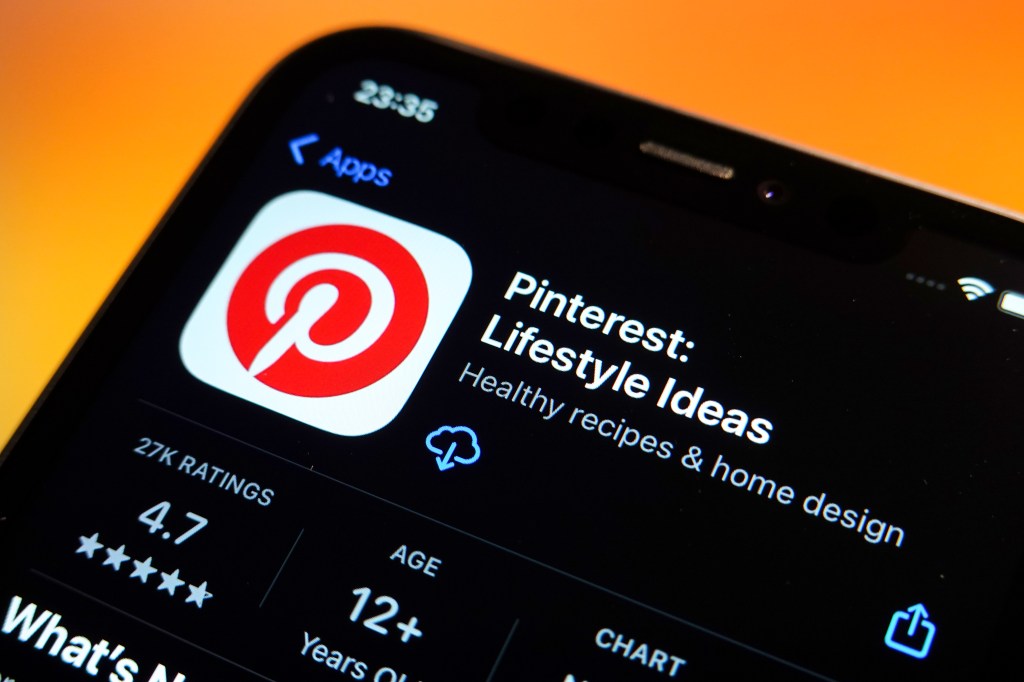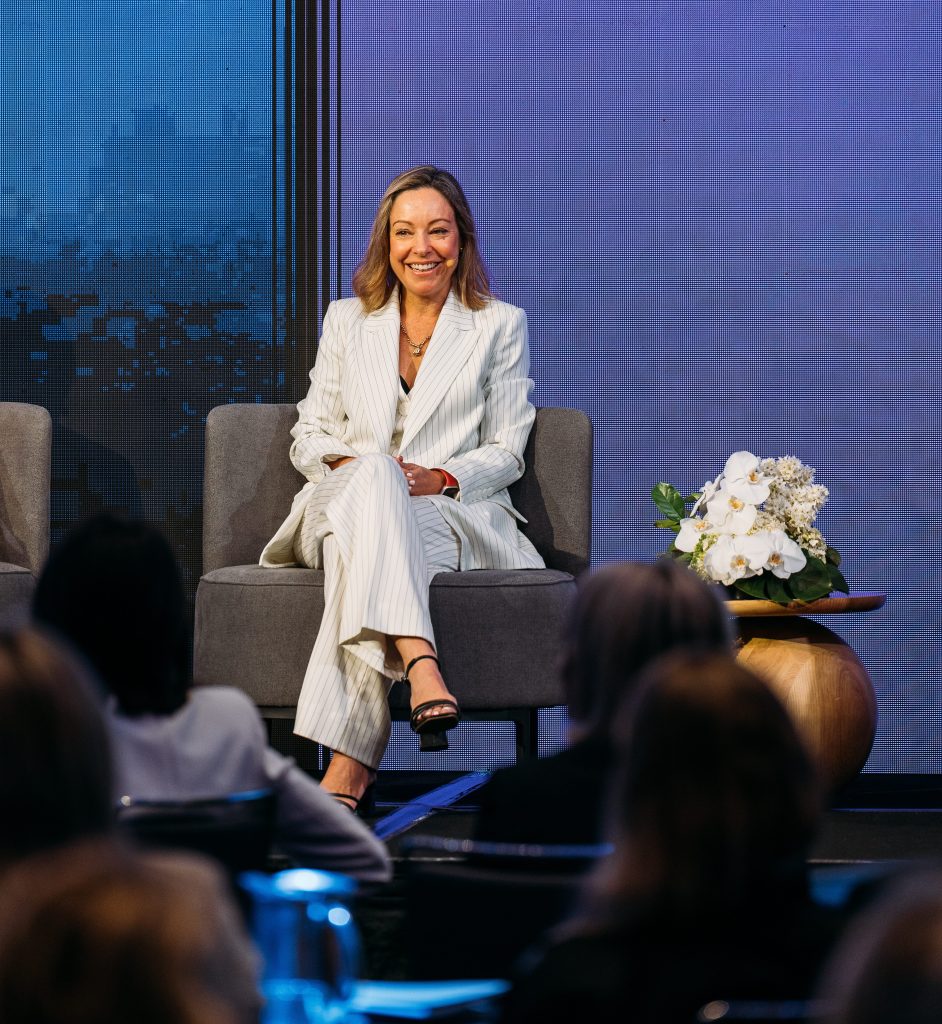Pinterest says a suite of new lower-funnel products like its AI tool Performance+ make it a top contender to take digital ad revenue away from Google and Meta. Its latest earnings report, which revealed global revenue hit US$855 million, backs up the claim.

Known for its aspirational (and inspirational) content, visual discovery app Pinterest has long been seen as the positive corner of the internet. But after a few stomper quarters earnings-wise and the introduction of some new AI-driven tools, the platform is making a significant play for Australia – and the world’s – digital advertising revenue.
Last week, Pinterest announced its global revenue was US$855 million (AU$1.32 billion), for the first quarter, up from US$1 billion across Q4, 2024. Its global monthly active users increased 10% year-on-year to 570 million, and its cash flow strong at US$356 million. This, the company said in a statement, is a testament to its AI advancements driving performance for advertisers and winning market share.
“Not only are we positive – which has been proven to deliver stronger results – but we perform as well,” Melinda Petrunoff, managing director of Pinterest ANZ, says.
In Australia, research shows that Google and Meta currently account for 70% of digital advertising dollars. But the company has quietly been gathering evidence to show that actually, Pinterest is a platform worth spending on.
Research from media intelligence firm MAGNA found that ads in environments people perceive as positive can lead to better results. According to the study, not only were people 20% more emotionally engaged with content they saw on a platform they viewed as positive, but they were also more committed, spending an average of 15% more time looking at the ads. Viewers also find ads in positive environments more trustworthy, and therefore were 94% more impactful in driving purchase intent.
“People want to invest in positive places, but we have to deliver – we have to prove performance. And this validates the absolute increase in benefit of shifting your advertising dollars to the positive corner of the internet,” Petrunoff says.

But it’s also managed to prove performance via a suite of case studies. Over the last two years, Pinterest says it’s innovated a number of new products in the lower-funnel, namely its AI-driven Performance+ feature which it claims is a big click-and-conversion driver. This tool combines its automation and AI features to simplify campaign creation and boost campaigns to maximise ad impressions. In effect, it shows a brand’s ads to different types of people, to learn who is most likely to convert. Once it figures that out, it targets ads to that group.
Australian online beauty retailer Adore Beauty alpha tested the new product back in 2024, seeing a 13% uptick in outbound click volume and a 15% increase in outbound cost-per-click. Monday Swimwear, co-founded by Australian influencer Tash Oakley, says it saw a 68% year-on-year increase in return on ad spend as a result of working with Pinterest.
“Pinterest has proven to be an incredibly effective platform for us,” Monday Swimwear‘s head of marketing and strategy, Shannon Owens, said. “Our premium audience matches up with their premium environment and the strong performance results are reflective of that.”
Petrunoff also took to LinkedIn to share another local win on the platform: “Renault Australia launched a campaign on Pinterest to boost brand awareness and purchase consideration for the Arkana. It delivered a 2.7pt lift in ad recall from Premiere Spotlight, a 3.1pt lift in action intent among male audiences, and a 24% higher video completion rate than the automotive industry average.”
In a sweet spot
Petrunoff says Gen Z continues to be the brand’s fastest-growing cohort, and its most engaged. That’s also being driven by the uptick in visual search as opposed to text-based search.
According to Data Bridge, the visual search market is projected to grow to US$32 billion by 2028, growing at compound annual growth-rate of 17.5%. Amazon reports a 70% year-on-year increase in visual searches worldwide, and Google receives 20 billion ‘Lens’ searches per month – four billion of those related to shopping.
“We’ve always been a visual search engine, so this is really our sweet spot,” Petrunoff says. “Seeing that shift to visual search play out from our user-base is something that is an opportunity for us, and with that change and the way that people are using Pinterest differently, it’s not surprising to see that the audience is growing.”
And there’s money to be taken: in 2024, Australia’s digital advertising market reached $16.4 billion, a 11.1% increase on the previous year. Dollar spend in search and advertising alone increased 10.1% to $7.2 billion.
“There are not many platforms in market that actually have strong solutions against each stage of the funnel,” Petrunoff says. “Pinterest brings that and offers that to advertisers.”
Look back on the week that was with hand-picked articles from Australia and around the world. Sign up to the Forbes Australia newsletter here or become a member here.


